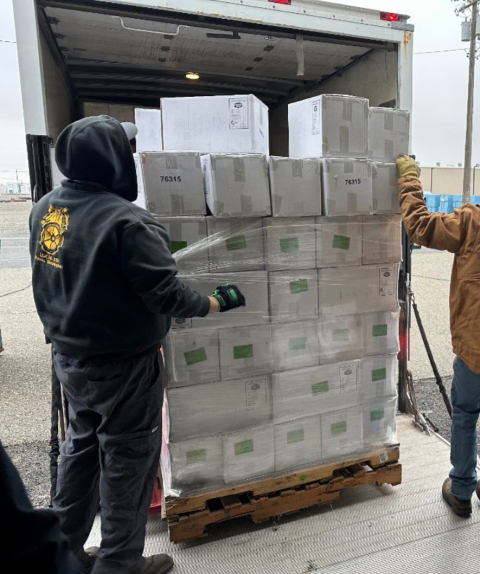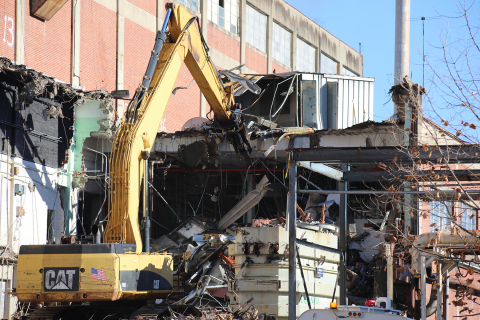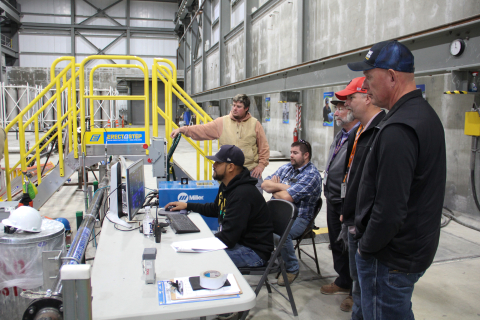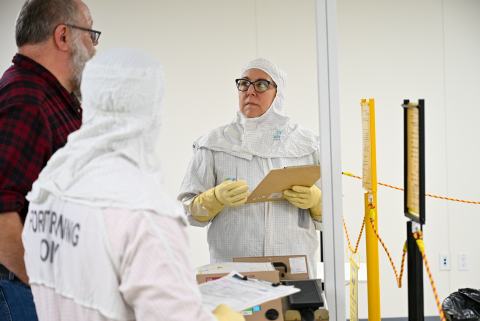RSS










Calloway County Middle School Team #1 recently won the U.S. Department of Energy’s (DOE) West Kentucky Regional Science Bowl
The Office of Environmental Management Hanford Field Office awarded Hanford Site Waste Treatment and Immobilization Plant contractor Bechtel National Inc. approximately $14.2 million, or about 95% of the available fee for work performed last year.

Nearly 30 engineers at the Savannah River Site engaged over 1,400 area students in 56 hands-on activities during the recent “Discover Engineering” week.

In the spirit of giving, a U.S. Department of Energy Office of Environmental Management Hanford Field Office contractor is putting surplus personal protective equipment to good use on the Hanford Site.

Interview with Portsmouth Paducah Project Office Manager, Joel Bradburne.
The U.S. Department of Energy Oak Ridge Office of Environmental Management and cleanup contractor UCOR have achieved a significant milestone on the biggest demolition project to date at the Y-12 National Security Complex.
A robot central to innovative methods Idaho Cleanup Project crews are developing to retrieve calcine, a granular solid waste, has successfully demonstrated its proficiency.

EM highlights the contributions of five engineers we’ve interviewed across the cleanup complex for National Engineers Week.

Workers at the Hanford Site’s Waste Treatment and Immobilization Plant are sporting a new accessory for the first time: radiological dosimeters

Portsmouth Paducah Project Office Employees, Contractors Support Annual Event.

